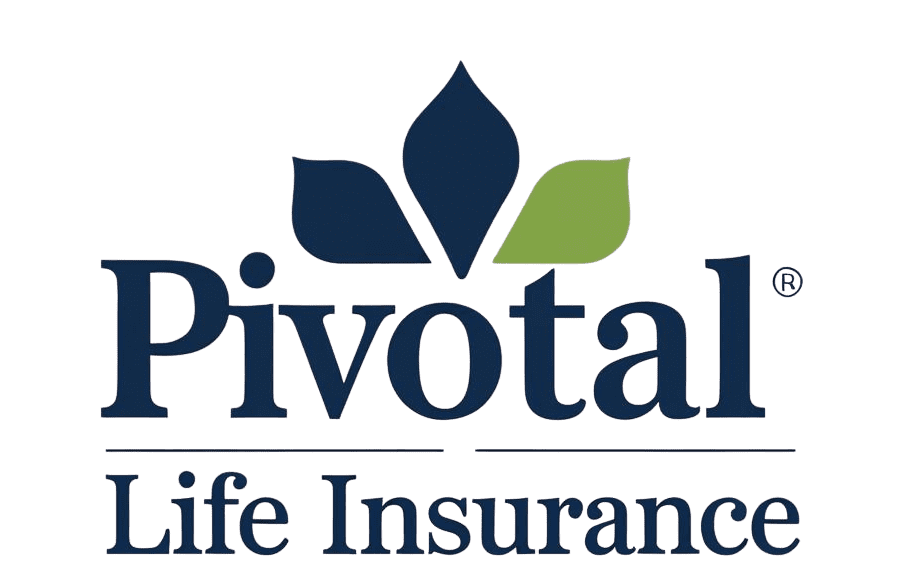When it comes to protecting your loved ones, finding reliable term life insurance is one of the most important decisions you can make.
With countless options and complex policies available, knowing where to start can feel overwhelming. This guide walks you through a step-by-step approach to identify, evaluate, and choose a term life insurance policy that suits your needs and gives you peace of mind.
What is Term Life Insurance?
Term life insurance provides coverage for a specific period, such as 10, 20, or 30 years. If the insured passes away during the term, the policy pays a death benefit to beneficiaries. Unlike whole life insurance, it does not accumulate cash value, making it simpler and often more affordable for many families.
Understanding the reliability of a term life insurance policy matters because it ensures:
Financial security for your family in case of unexpected events.
Transparency in policy terms, avoiding hidden fees or coverage gaps.
Confidence in the insurer’s ability to pay claims promptly.
How to Identify Reliable Term Life Insurance Providers
Finding reliable term life insurance starts with choosing a trustworthy insurer. Here’s how:
Check the insurer’s financial strength
Use ratings from independent agencies such as A.M. Best, Moody’s, or Standard and Poor’s.
Strong financial ratings indicate the company can pay claims even during economic downturns.
Review customer feedback and complaints
Visit the National Association of Insurance Commissioners (NAIC) or consumer review sites.
Look for consistent issues with claims processing or policy changes.
Compare policy options and flexibility
Check the term lengths, coverage limits, and renewal options.
Evaluate riders, such as critical illness or disability coverage, that may add value.
Understand the insurer’s claims process
Ask about the typical turnaround time for claims.
Reliable insurers offer clear, straightforward claim procedures.
Steps to Choosing the Right Term Life Insurance Policy
Once you have a shortlist of trustworthy insurers, follow these practical steps:
Assess your coverage needs
Calculate your income replacement needs, debts, and future expenses like college or a mortgage.
Use online calculators for accurate estimates.
Compare quotes and premiums
Collect multiple quotes to ensure competitive pricing.
Look beyond cost and focus on what coverage each policy actually provides.
Evaluate policy terms carefully
Pay attention to exclusions, renewal conditions, and conversion options.
Ask questions if any terms seem unclear or restrictive.
Confirm the policy’s reliability
Recheck the insurer’s ratings and customer service reviews before committing.
Ensure the agent or broker is licensed and knowledgeable.
Common Challenges and How to Overcome Them
Many people struggle with understanding terms and assessing insurer reliability. Common pitfalls include:
Choosing the cheapest policy without evaluating financial strength.
Ignoring policy exclusions that may limit coverage.
Overlooking renewal conditions that could lead to higher premiums later.
The solution is simple: prioritize reliability, clarity, and transparency over price alone.
Tools and Resources to Help You Decide
Insurance comparison websites for side-by-side policy evaluation.
Financial calculators to determine adequate coverage.
Checklists to track insurer ratings, policy features, and customer reviews.
Key Takeaways
Reliable term life insurance protects your family and provides peace of mind.
Evaluate both the insurer and the policy carefully using ratings, reviews, and policy features.
Focus on clarity, transparency, and flexibility to avoid surprises.
Use tools like calculators and checklists to make informed decisions.
Finding reliable term life insurance does not have to be complicated. By following these steps and asking the right questions, you can select a policy that offers protection, affordability, and trustworthiness. What’s your biggest challenge when selecting term life insurance? Share your experience in the comments to help others learn from your insights.

